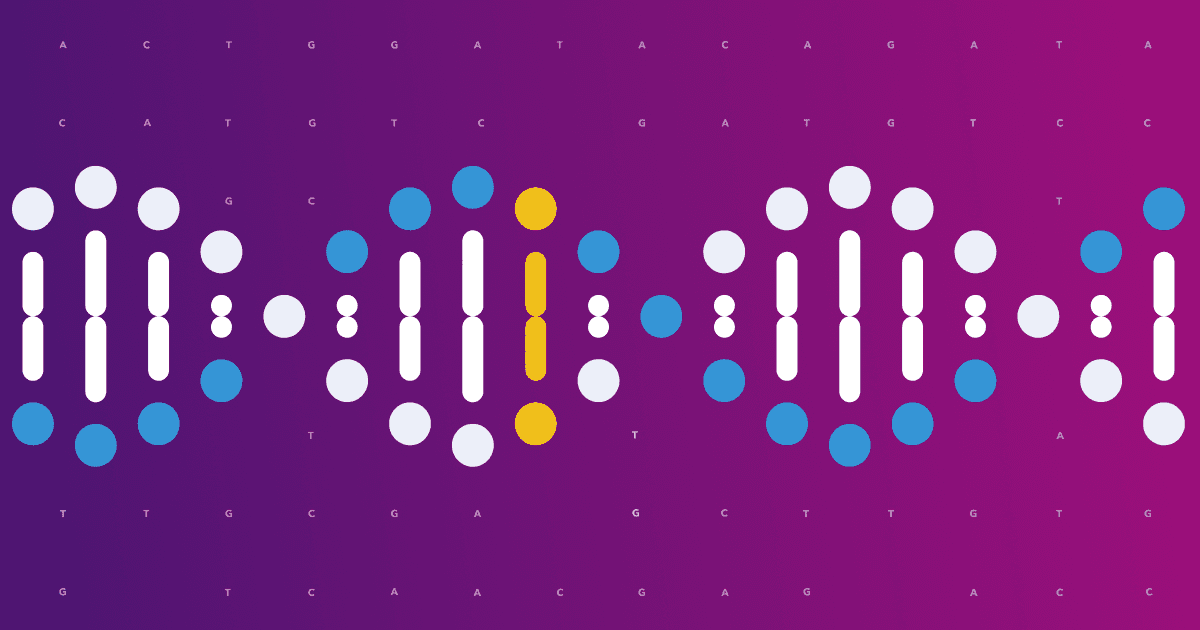
In the current issue of Nature Genetics, two teams of researchers identify nine new genetic locations associated with obesity.
The Role of the Brain
Almost all of them are within or close to genes that are expressed in the brain, especially the part that regulates appetite.
“This underscores the importance of genes that regulate food intake over those involved in metabolism,” wrote a team of researchers led by Gudmar Thorleiffsson and G. Bragi Walters of deCODE Genetics.
Thorleiffsson et al. performed a two-step study that initially examined more than 30,000 people of European and African American descent from Iceland, Holland and the United States. It then narrowed down the list of promising genetic regions to 11 using a sample of 5,586 Danish individuals. Four of those regions – in or close to the genes FTO, MC4R, BDNF and SH2B1 – were already known to be associated with obesity.
Additional Genetic Variants Associated with Obesity
The other Nature Genetics paper, authored by the members of the Genetic Investigation of Anthropometric Traits (GIANT) consortium, initially looked for genetic links to obesity in more than 32,000 people of European descent, and then pursued their most promising leads in a second group of more than 59,000. The GIANT researchers confirmed two well-known obesity associations – the genes FTO and MC4R – and discovered an additional six.
Altogether, the two teams found nine new obesity-associated genetic variants; but none of them had a very substantial effect. For example, even someone who had the riskier version at all six locations found by the GIANT consortium would be only about four pounds heavier compared to average.
Small Effect Size
There are two possible explanations for the small effect of these new associations. Either there are dozens more associations with similarly small effects, or relatively rare genetic variations are much more important that more common ones in determining a person’s weight. Either way, finding those additional sources of genetic obesity risk is going to require studies even larger than the ones published this week in Nature Genetics.
23andMe customers who want to know their own genotypes at the new obesity-associated variants can use the following chart, which identifies the weight-increasing genotype for each SNP.



